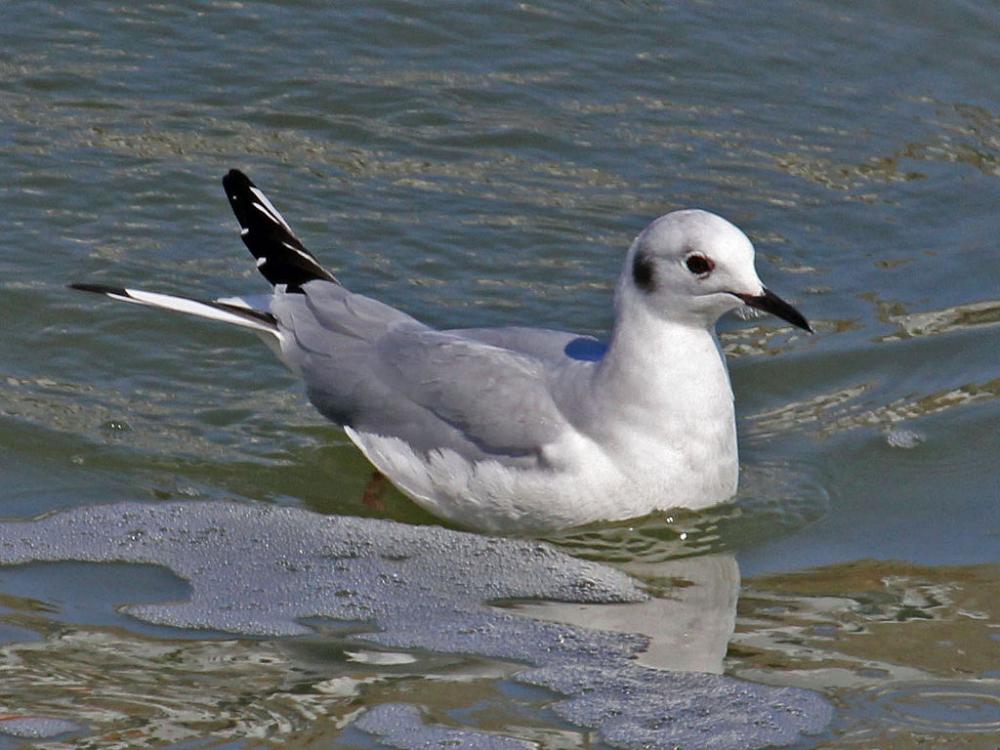Guide to Boreal Birds
Overview
Because they breed in the Far North, these beautiful gulls are most often seen on lakes and rivers during migration or along the coast in winter. The species winters along the Atlantic and Pacific coasts of the U.S. and northern Mexico. Large concentrations (sometimes numbering in the tens of thousands) occur in a number of places in late fall and early winter including the Bay of Fundy, the Niagara River, Cleveland, Ohio area, and San Francisco Bay. They keep to themselves, seldom joining the larger gulls at dumps. They feed in tidal inlets and at sewage outlets, picking scraps of food from the water. During spring migration, they may often be seen flying northward along large rivers such as the Hudson and the Mississippi. Bonaparte's Gull is the only gull species that regularly and virtually exclusively nests in trees. Its nests are built in coniferous trees along the edges of lakes, ponds, muskeg, and marshes. The species is named after a nephew of Napoleon, Charles Lucien Bonaparte, who was a leading ornithologist in the 1800s in America and Europe. Loss and degradation of wetlands to human activity including hydropower development and from acid rain are probably the most serious factors affecting Bonaparte's Gull populations.
Description
12-14" (30-36 cm). A small delicate gull, silvery gray above, with conspicuous white, wedge-shaped patches on leading edge of outer wing. Head black in breeding adults, white in winter with dark spot behind eye. Bill black. Young birds have dark markings on upper surface of wing and black tail band. Common Black-headed Gull similar but larger, with red bill and dark wing linings.
Voice
Rasping tee-ar; soft, nasal snarling note.
Nesting
2-4 olive or buff, spotted eggs in a well-made cup of grass, moss, and twigs placed in a spruce or fir tree near a lake or river.
Habitat
Forested lakes and rivers; winters along coasts, in estuaries, and at mouths of large rivers.
Range/Migration
Breeds in Alaska and interior northwestern Canada east to James Bay. Winters along both coasts, on Pacific from Washington southward, on Atlantic from southern New England southward.



